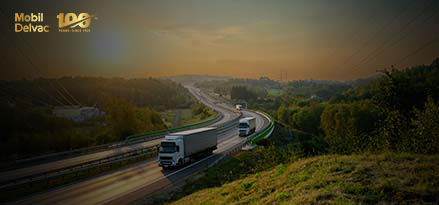
Mobil Delvac™ lubricants in diesel engines
This visual schematic showcases technological evolution over the last 100 years and the role Mobil Delvac ™ lubricants have had in helping keep engines running.
Explore equipment and applications specific to your industry by clicking on the hotspots in the image or on items in the right-hand equipment menu to see corresponding lubricant information. You can then click on a specific lubricant to see more detail about that product.
Click here to see the comparison between a 1925 and a 2025 engine.
Explore equipment and applications specific to your industry by clicking on the hotspots in the image or on items in the right-hand equipment menu to see corresponding lubricant information. You can then click on a specific lubricant to see more detail about that product.
Click here to see the comparison between a 1925 and a 2025 engine.
Equipment
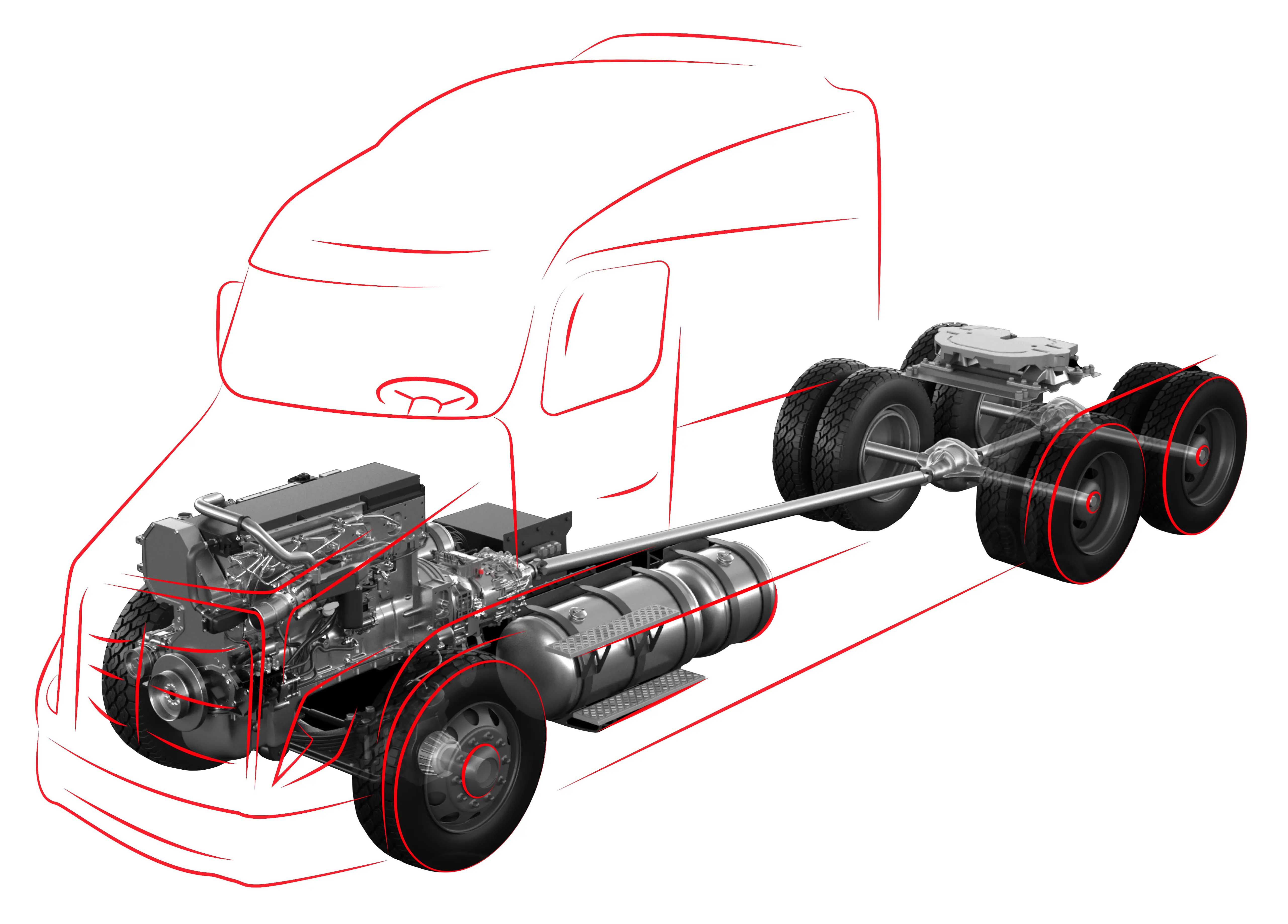
Close
01. Engine
View Products02. Clutch throw-out bearings
View Products03. Engine radiator
View Products04. Transmission
View Products05. Greasing points
View Products06. Steer axle wheel bearings
View Products07. Universal joints
View Products08. Differential/final drive
View Products09. Steering gearbox
View Products10. Fifth wheel
View Products01. Engine
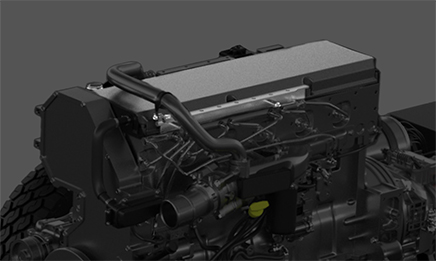
The engine’s primary role is power generation. Today’s engines are still lubricated with oil to reduce friction and wear and extend your engine life.
02. Clutch throw-out bearings
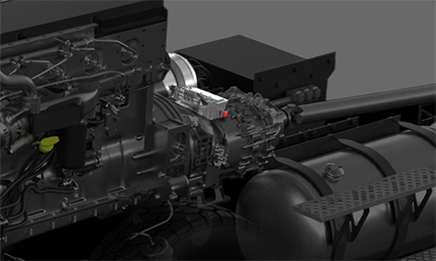
Clutch throw out bearings allow the driver to disconnect the engine from the transmission and change gears. Lubrication is still essential to protect against friction, heat and rust in this part.
03. Engine radiator
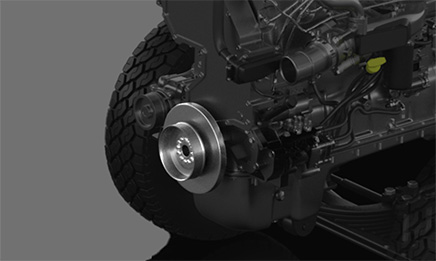
The engine radiator cools the engine and ensures it operates at peak efficiency. The modern radiator still does not require lubrication but is important to extending your engine life.
04. Transmission
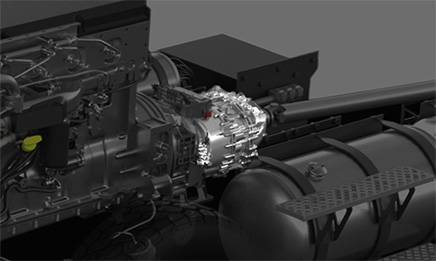
Most modern vehicles have automatic transmissions, which shift gears automatically based on speed and engine load. Lubrication is essential to modern transmissions for them to run smoothly, reduce friction, and prevent wear and corrosion.
05. Greasing points
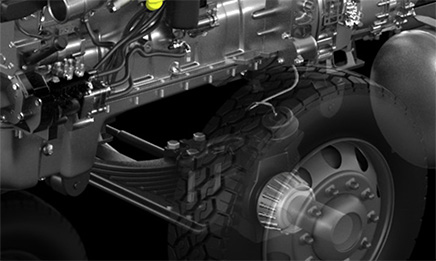
In most modern vehicles, the chassis and its greasing points are sealed closed with permanent lubricating parts.
06. Steer axle wheel bearings
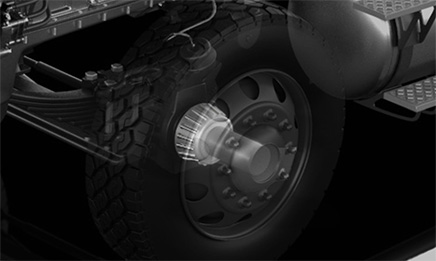
Steer axle wheel bearings reduce friction and heat to ensure the wheel rotates smoothly. In many modern vehicles, the steer axle wheel bearings often were pre-lubricated and sealed at the factory. often were pre-lubricated and sealed at the factory.
07. Universal joints
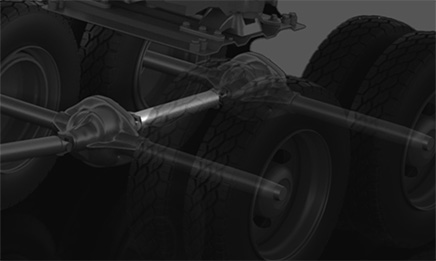
Modern vehicles may use additional types of joints, such as constant velocity (CV) joints, which provide smoother power transfer at higher angles and speeds compared to the U-joints used in 1925 vehicles.
08. Differential/final drive
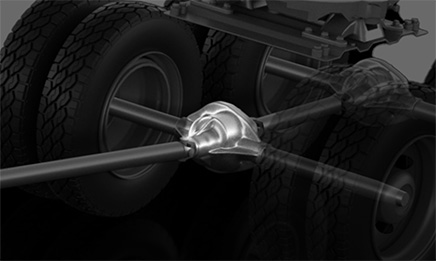
Modern differentials and final drives have electric controls which allow vehicles to automatically adjust how power is shared amongst wheels. Lubrication is still essential to reduce friction, wear and tear, and ensure efficient power transmission.
09. Steering gearbox
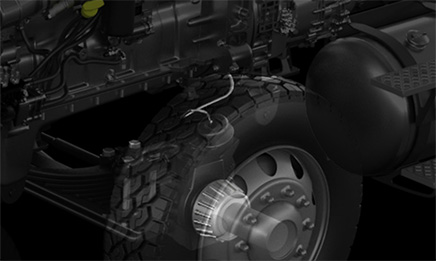
Steering gearboxes convert the steering wheels’ rotational movement into the linear motion required to turn the wheels to steer the vehicle. Gearboxes still rely on lubrication to reduce wear and friction.
10. Fifth wheel
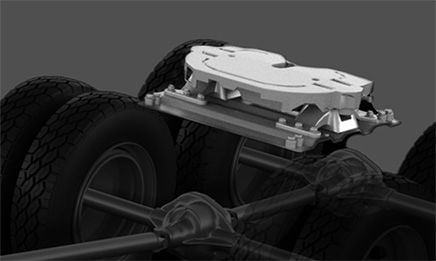
Modern Fifth Wheels often include hydraulic or air-operated systems for easier coupling and uncoupling, as well as more sophisticated safety locks and adjustments. Lubrication is essential for the proper functioning of modern fifth-wheel hitches.
Note: Schematic and product recommendations are intended as a general guide only. Please refer to the equipment builder manual for final lubrication recommendations or consult your Mobil™ Industrial Lubricants team for additional products.
NOT TO SCALE
